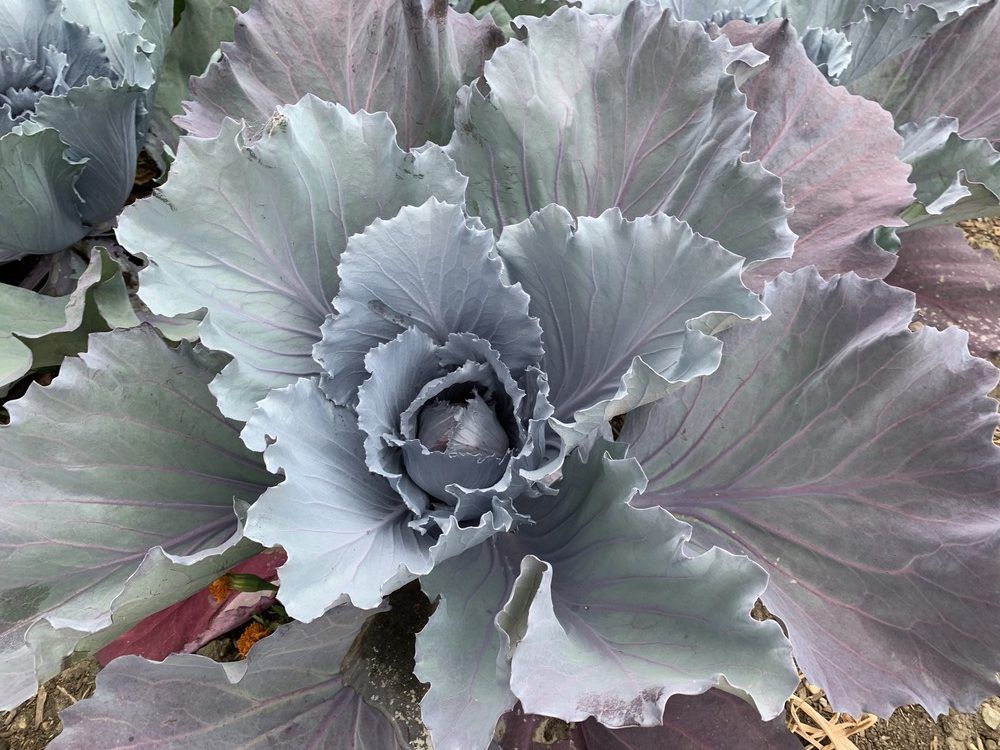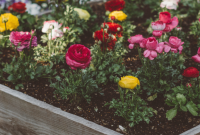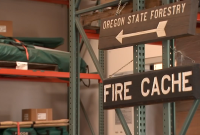Spring’s unpredictability is old news for Chinook gardeners. Year after year, spring climates have oscillated dramatically; however, when examining past records, it becomes evident that recent trends indicate warmer and dryer weather patterns. A report published by the Ryerson University Data Hub in 2021 supported this observation. The research forecasts a rise in both frost-free days and those surpassing 30°C, alongside reduced yearly rainfall totals. Although additional frost-free periods could be seen as beneficial due to extending the growing season, these alterations in our early-season climate pose greater difficulties for cultivating plants accustomed to milder temperatures.
Throughout the 24 years since I acquired my property, this shift has become noticeable. In the beginning, cool-weather plants such as lettuces and peas thrived easily and consistently, whereas warm-season vegetables like beans, squash, and tomatoes often had difficulty reaching full maturation before the initial frost set in. Nowadays, however, the situation is reversed. The cooler-season crops now face difficulties because of increasingly warmer and dryer weather patterns.
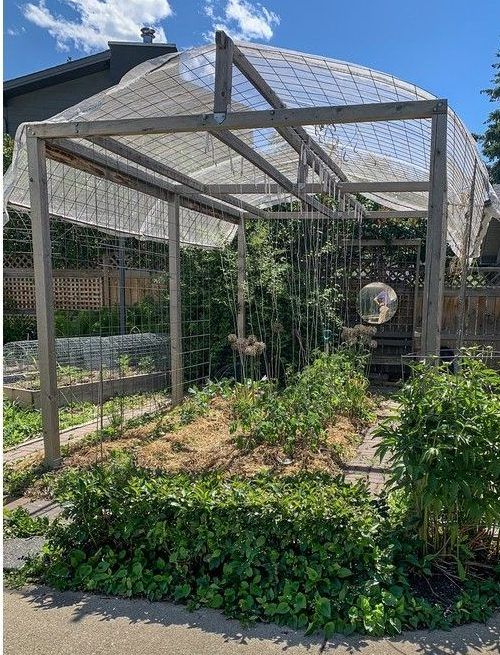
The considerable effort required for cultivating vegetables can be discouraging when you end up with an average harvest. Nevertheless, by adjusting your planting timelines and methods slightly, it’s possible to keep growing your preferred cold-weather crops.
Although the Victoria Day long weekend typically marks the ideal time to start your vegetable garden, it’s better to sow cool-weather crops even sooner, provided there’s no heavy snow cover. While early seeding does come with some risks, remember what Lois Hole, the renowned gardening author, used to say: “If all you lose is a handful of seeds, just replant.” Vegetables like peas, sugar snap peas, lettuce, onions, spinach, kale, and various Asian greens thrive in chilly, damp soil conditions—they actually grow best this way. As soon as your garden bed becomes workable, consider planting these varieties. Simply sprinkle their seeds over the surface then gently cover them with a light layer of compost; for bigger seeds, push them directly into the ground.
Within each vegetable group, there are early, mid and late season varieties. The earlier varieties tend to be more cold-weather tolerant, while longer maturing ones tend to be more heat tolerant. Growing some of each is a useful strategy to ensure you get a good harvest. Vegetable varieties with differing maturity dates can also be used in succession planting. For example, butterhead lettuce matures quickly in cooler weather but almost immediately bolts when temperatures warm up. Hence, butterheads are great for very early spring direct sowing or early spring transplants. Leaf lettuces are more heat tolerant with a longer maturity date, these can be your second sowing. Finally, finish up with Romaine lettuce, the most heat-tolerant and the longest to mature.
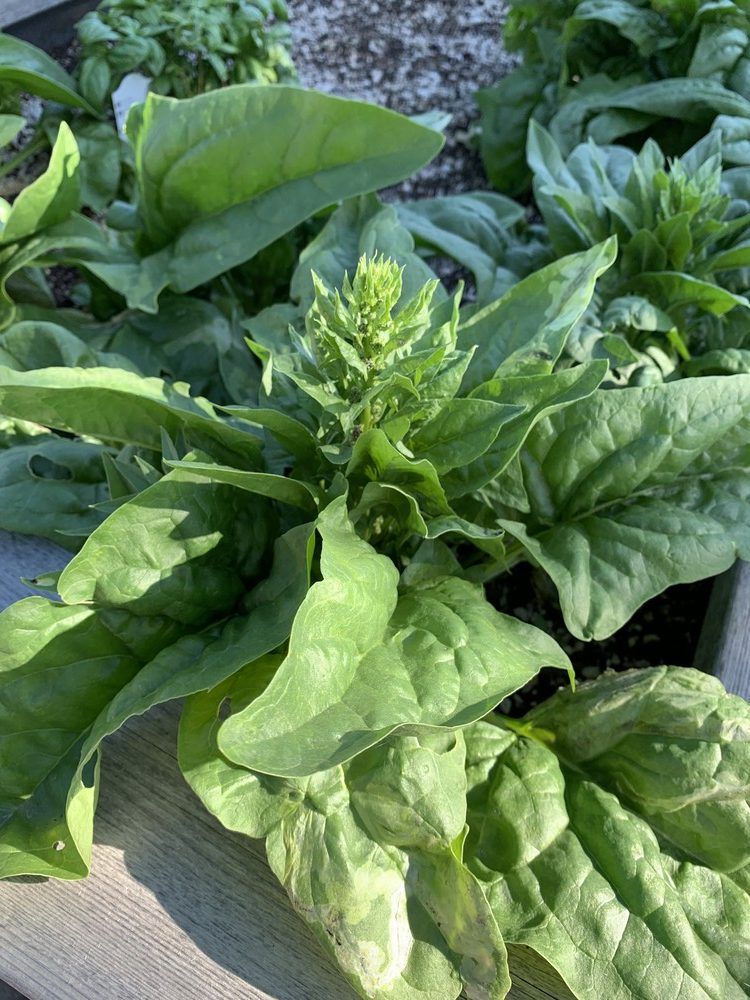
While direct sowing is the easiest way to get things going, germination can be a bit hit and miss depending on what Mother Nature dishes out. Getting a start indoors can give you enough of a head start to take advantage of cooler and moister conditions later in the garden. It also acts as a security measure in case something happens to in-ground seedlings. A hungry bunny ate a number of my lettuces last spring, but I was still able to take advantage of the cooler temperatures by replanting with seedlings I had coming on. This time, I protected the seedlings from further munching.
Therefore, due to the shifting weather conditions, we might need to rethink where we plant cool-loving vegetables. Just as we shield plants from intense summer warmth, during spring, our focus should be on moderating temperatures and providing shade in the later part of the day. Shadecloth and portable umbrellas serve well as short-term solutions, but we can also utilize the shadows created by established vegetation to protect young seedlings and crops from harsh midday sunlight.
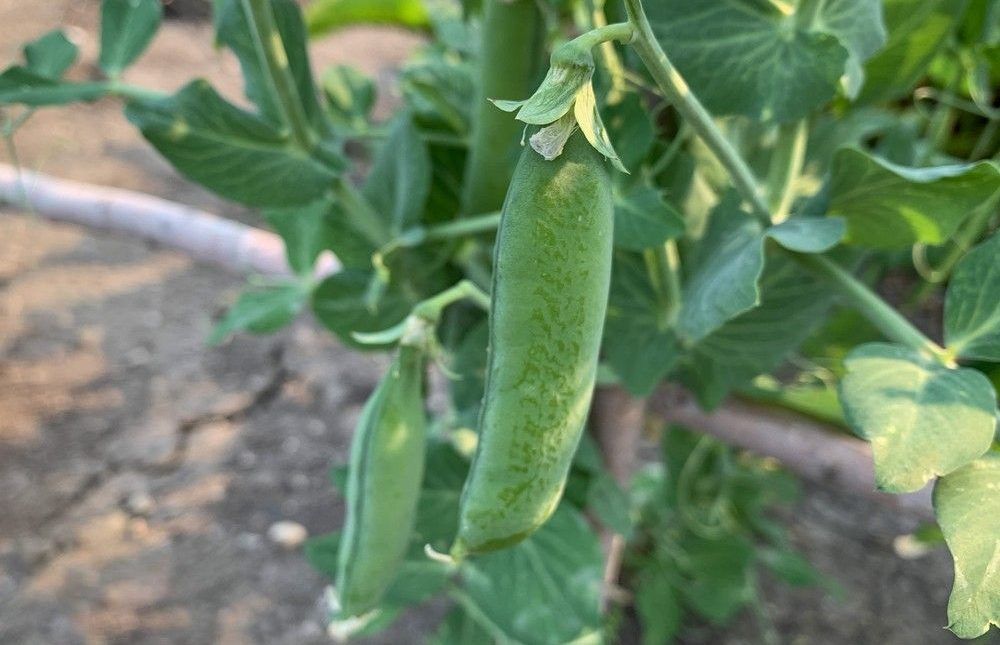
You can also plant seeds in late fall, about the same time as garlic is planted. Spinach and lettuce work especially well when seeded in fall, providing exceptionally robust plants in the spring with earlier pickings.
None of these techniques are all that new to Alberta gardeners. We have been pushing the zone for as long as we have gardened here, but now, instead of pushing the cold, we are having to adapt to hotter and drier conditions. By adapting planting schedules and techniques, we can still grow our traditional cool-season vegetables. It’s just going to require a bit more thought and effort.
Visit the Calgary Horticultural Society’s website,
calhort.org
, to discover more about gardening in Calgary.



